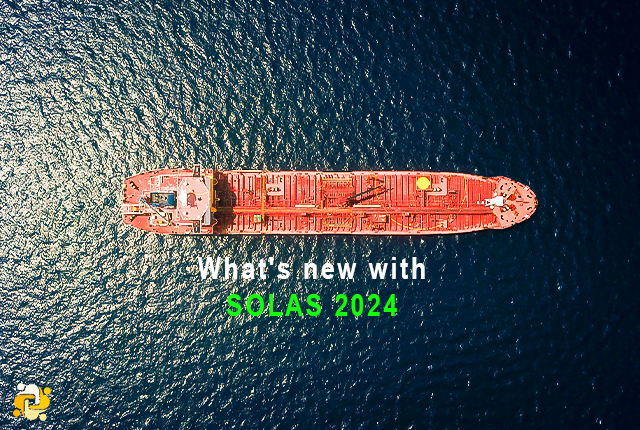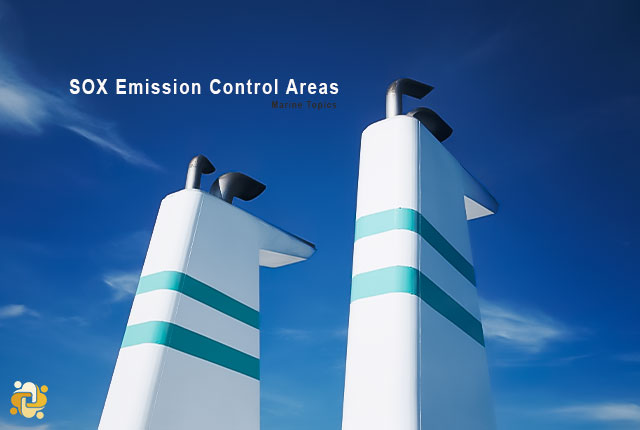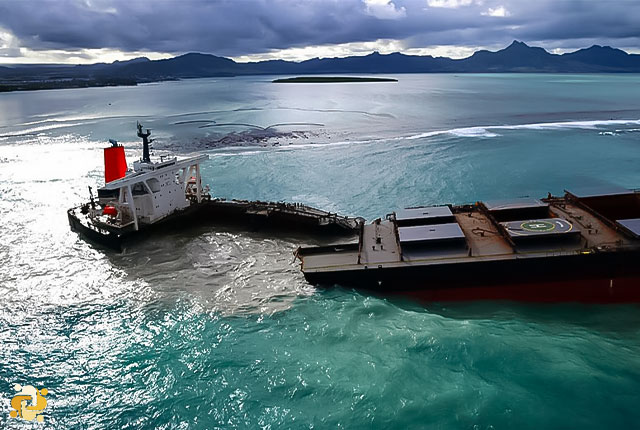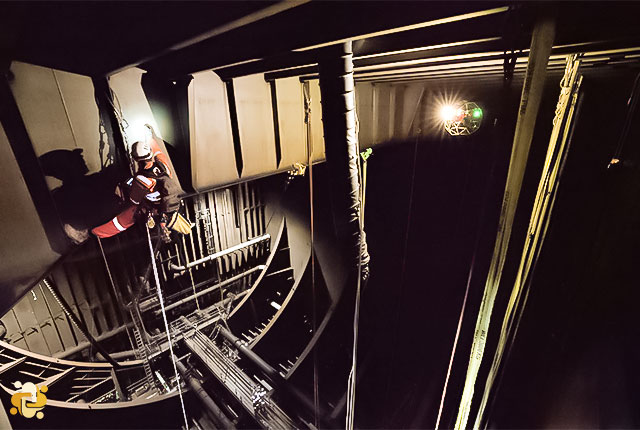
The latest amendment on the ESP code (2024)
2022-12-31 10:02
History
As the loss of life and marine pollution from incidents of oil tankers and bulk carriers had gradually increased, the prevention of oil pollution in the event of collision or stranding measures for existing tankers was introduced in Annex I, Reg.13(G) of MARPOL amended by Res.MEPC.52(32) in 1992 and effective from 6 July 1993, and an enhanced program of inspections during surveys for oil tankers and bulk carriers was adopted by Res. A.744(18). And then the chapter XI of SOLAS was added at the second meeting of the contracting governments on 24 May 1994 and entered into force on 1 July 1996 as the requirements of SOLAS Reg. XI/2.
Thereafter, IACS requires that chemical tankers comply with enhanced program, and the requirements for ESP survey for double hull oil tankers adopted by Res.MSC.197(80) as the amendments to Res.A.744(18) and bulk carriers having double-side skin construction adopted by Res.MSC.261(84) were reflected to the Classification Rules.
Thereafter, the International Code on the Enhanced Programme of Inspections during Surveys of Bulk Carriers and Oil Tankers, 2011 (2011 ESP Code) was adopted by Res. A.1049(27) in 2011 and effective from 1st January 2014.
General Description of ESP Code
The ESP code will be applied on defined bulk carriers and oil tankers of 500 GT and more, and generally includes two Annexes A and B, each of which is divided into two parts A and B, as described below:
- Annex A: Code on the enhanced programme of inspections during the surveys of bulk carriers
- Part A: Code on the enhanced programme of inspections during surveys of bulk carriers having single-side skin construction
- Part B code on the enhanced programme of inspections during surveys of bulk carriers having double-side skin construction
- Annex B: Code on the enhanced programme of inspections during surveys of oil tankers
- Part A: Code on the enhanced programme of inspections during surveys of double-hull oil tankers
- Part B: Code on the enhanced programme of inspections during surveys of oil tankers other than double-hull oil tankers
In each parts, definitions and related requirements are included separately. Actually, the requirement of each parts contains the General, Renewal survey, Annual survey, Intermediate survey, Preparations for survey, Documentation on-board, Procedure for thickness measurements, Reporting and evaluation of survey & related annexes.
Amendment Status of the Code
The latest amendment status of the ESP code has been mentioned in the following table:
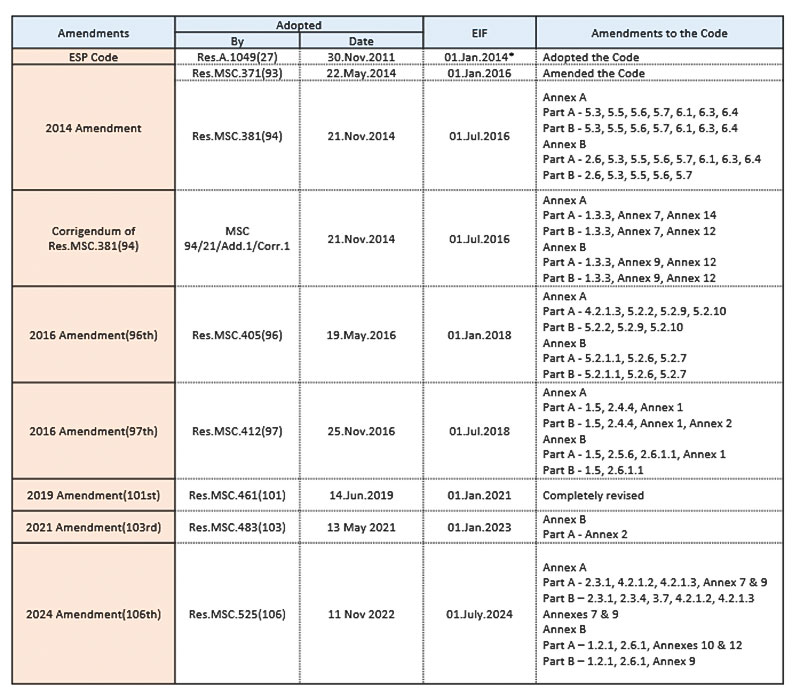
* 2011 ESP Code will become effective upon entry into force of the associated amendments to chapter XI-1 of the Convention;
What’s new in 2024 amendment?
As mentioned in the above table, the latest amendment on the ESP code has been adopted on Nov. 2022 and will be entered into force on 01. July.2024. (The 106th session of the Maritime Safety Committee was held from 2 to 11 November 2022)
The recent mentioned amendments are summarized in below topics:
Annex A;
For all bulk carriers (both single & double skin bulk carriers):
For ballast tanks excluding double-bottom tanks, when the following conditions detected, the tanks in question should be examined at annual intervals:
- where a hard protective coating is found to be in less than GOOD condition, and it is not renewed, or
- where a soft or semi-hard coating has been applied, or
- where a hard protective coating has not been applied from the time of construction.
When such breakdown of hard protective coating is found in water ballast double-bottom tanks and it is not renewed, where a soft or semi-hard coating has been applied or where a hard protective coating has not been applied from the time of construction, the tanks in question may be examined at annual intervals.
When considered necessary by the surveyor, or where extensive corrosion exists, thickness measurement should be carried out.
For bulk carriers 5 to 10 years of age
In addition to above, within intermediate survey where a hard coating is found to be in less than GOOD condition, corrosion or other defects are found in water ballast tanks or where hard protective coating was not applied from the time of construction, the examination should be extended to other ballast tanks of the same type.
For double-skin bulk carrier exceeding 20 years of age and of 150 m in length and upwards
For double-side skin void spaces bounding cargo holds for bulk carriers exceeding 20 years of age and of 150 m in length and upwards, where provided, the condition of the corrosion prevention system of void spaces shall be examined.
Where a hard protective coating is found to be in POOR condition, and it is not renewed, or where a soft or semi-hard coating has been applied, or where a hard protective coating has not been applied from the time of construction, the void spaces in question shall be examined at annual intervals. Thickness measurements shall be carried out as deemed necessary by the surveyor.
Annex B;
For oil tankers (single & double-hull oil tankers):
The definition of double hull oil tanker replaced with new one, as pointed below:
- Double-hull oil tanker is a ship which is constructed primarily for the carriage of oil in bulk, which has cargo tanks forming an integral part of the ship's hull and protected by a double-hull which extends for the entire length of the cargo area, consisting of double sides and double-bottom spaces for the carriage of water ballast or void spaces.
It means that the ESP Code does not apply to oil tankers carrying oil in independent tanks which are not part of ship’s hull (e.g. asphalt carriers).
In addition, the minimum requirements for ballast tank pressure testing at the renewal survey has been changed as per the following paragraphs.
Cargo tank testing carried out by the ship's crew under the direction of the master may be accepted by the surveyor, provided the following conditions are complied with:
- A tank testing procedure, specifying fill heights, tanks being filled and bulkheads being tested, has been submitted by the owner and reviewed by the Administration prior to the testing being carried out;
- The tank testing is carried out prior to overall survey or close-up survey;
- The tank testing is carried out within the special survey window and not more than three months prior to the date on which the overall or close-up survey is completed;
- The tank testing has been satisfactorily carried out and there is no record of leakage, distortion or substantial corrosion that would affect the structural integrity of the tank;
- The satisfactory results of the testing are recorded in the vessel's logbook; and
- The internal and external condition of the tanks and associated structure are found satisfactory by the surveyor at the time of the overall and close-up survey.

